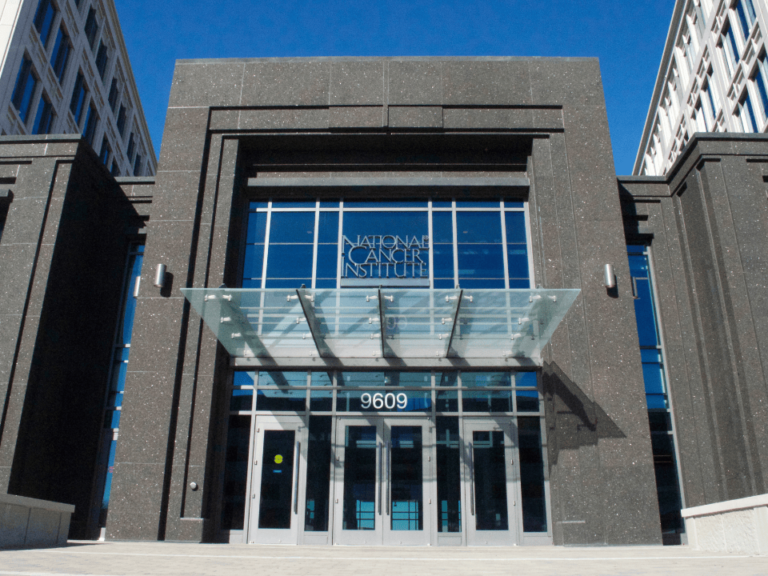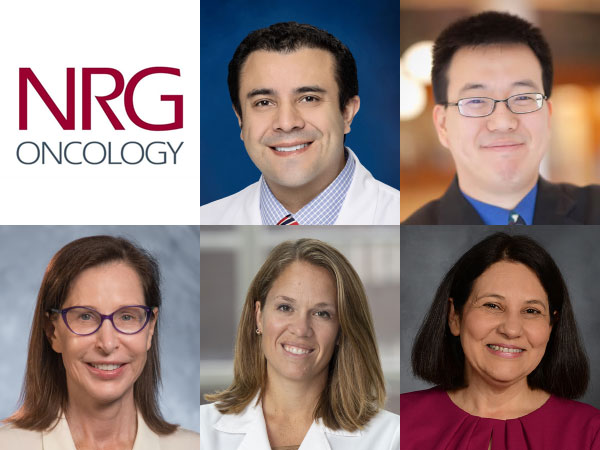The fiscal year 2024 Labor, HHS, Education, and Related Agencies spending bill heading for approval by the House Appropriations Committee cuts NIH by $2.8 billion and NCI by $216 million.
To access this subscriber-only content please log in or subscribe.
If your institution has a site license, log in with IP-login or register for a sponsored account.*
*Not all site licenses are enrolled in sponsored accounts.
Login Subscribe
If your institution has a site license, log in with IP-login or register for a sponsored account.*
*Not all site licenses are enrolled in sponsored accounts.
Login Subscribe









